-
Writing Activity: Describe A Park Or Playground
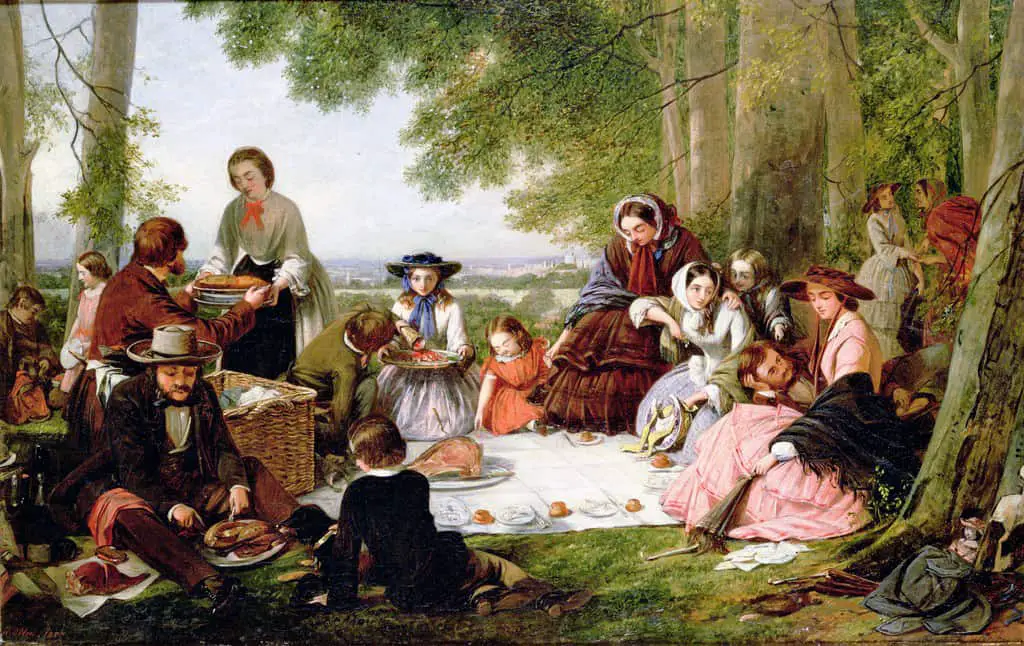
They drove a couple of miles down a rough country road—having turned off the highway and then off a decent unpaved country road—and found a place for cars to park, with no cars in it at present. A sign was painted on a board and needed retouching: “caution. deep-holes.” Alice Munro, “Deep Holes“ Kenopsia: The…
-
Candy and Sweets in Art and Children’s Stories
Sweets and children go hand in hand, especially in non-Western countries, where sweetness is so connected to childhood (and to femininity) that ‘real men’ eschew sweets and instead take up smoking, and probably drinking as well. When I was a teenager, my Japanese host father saw a photo of my Western father eating something sweet…
-
Symbolism of Coats and Cloaks
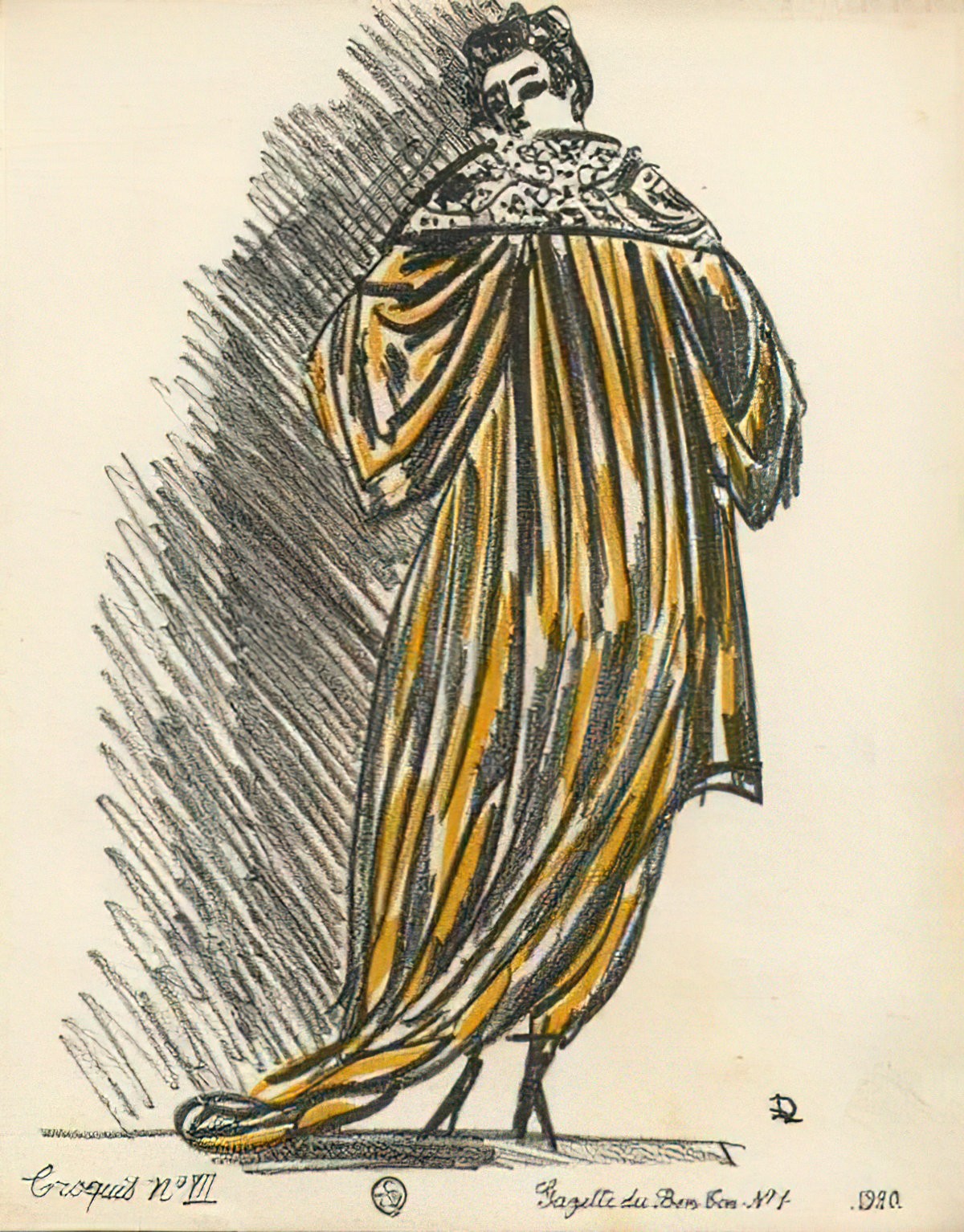
The cloak is the garment of Kings, and the King is a symbolic archetype. Fathers and Kings are basically the same archetype in traditional stories. (Fathers are the kings of the home.)
-
Writing Activity: Describe The Theatre
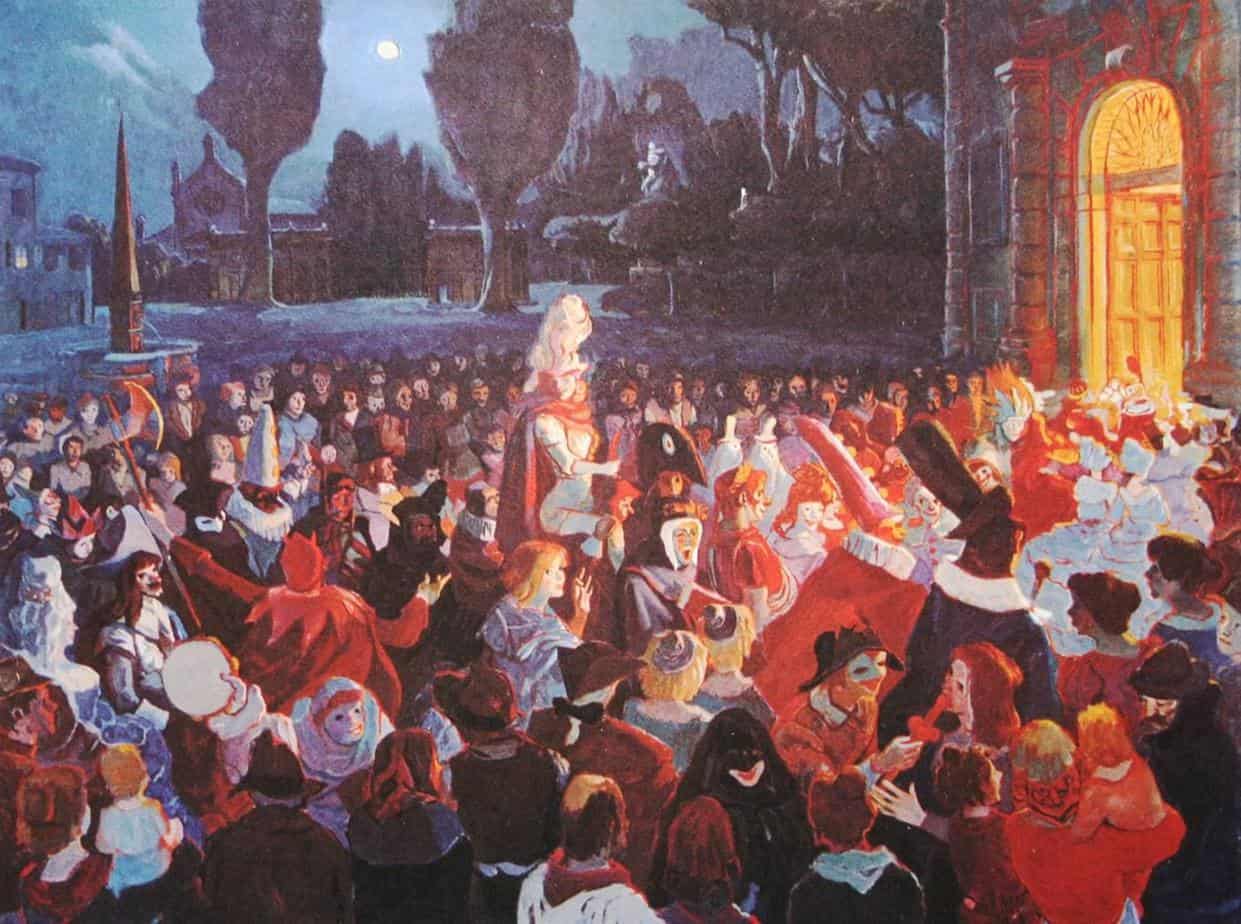
People watching live theatre, people lined up waiting to watch live theatre, and backstage paintings.
-
Writing Activity: Describe a Bathroom
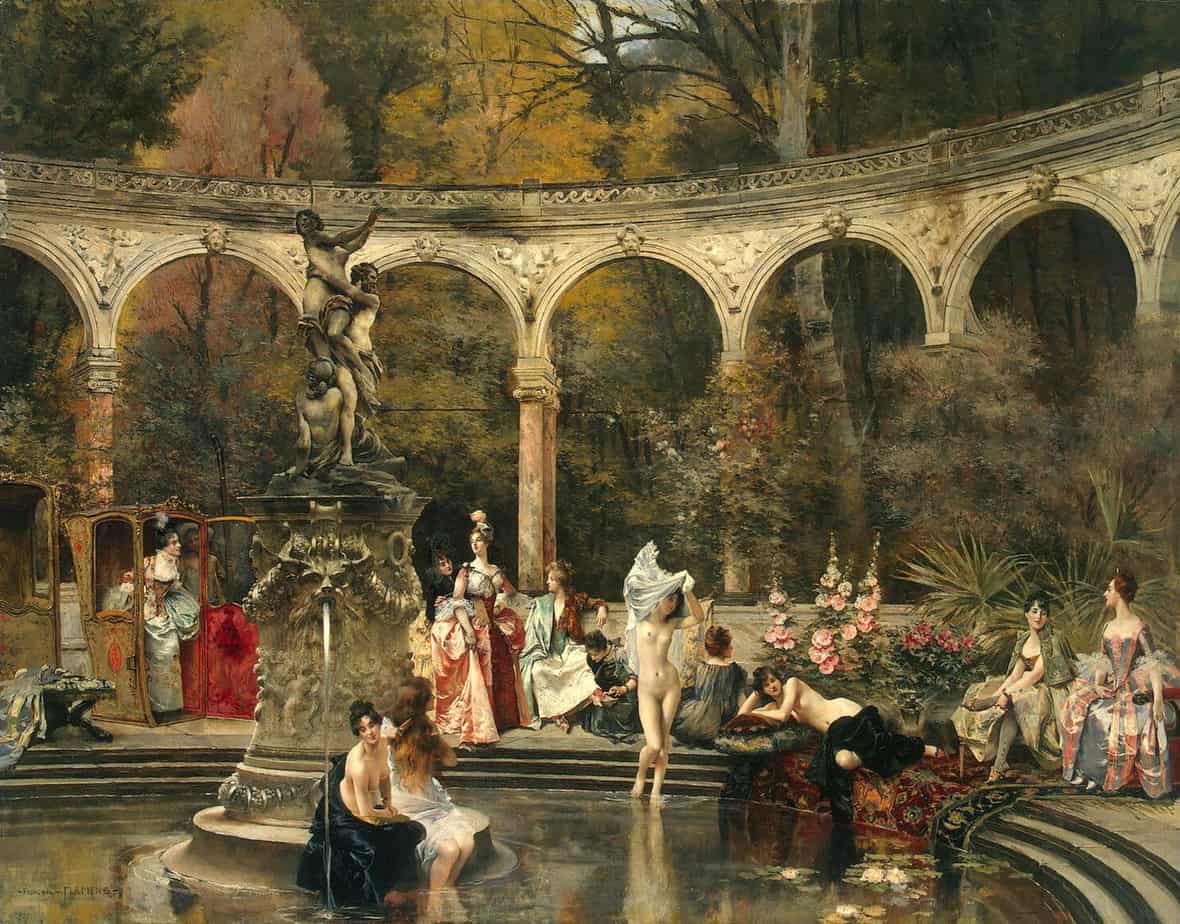
Maurice Lobre – Cabinette de toilette de Jacques-Emile Blanche 1888
-
Cry Heart, But Never Break by Glenn Ringtved and Charlotte Pardi Analysis
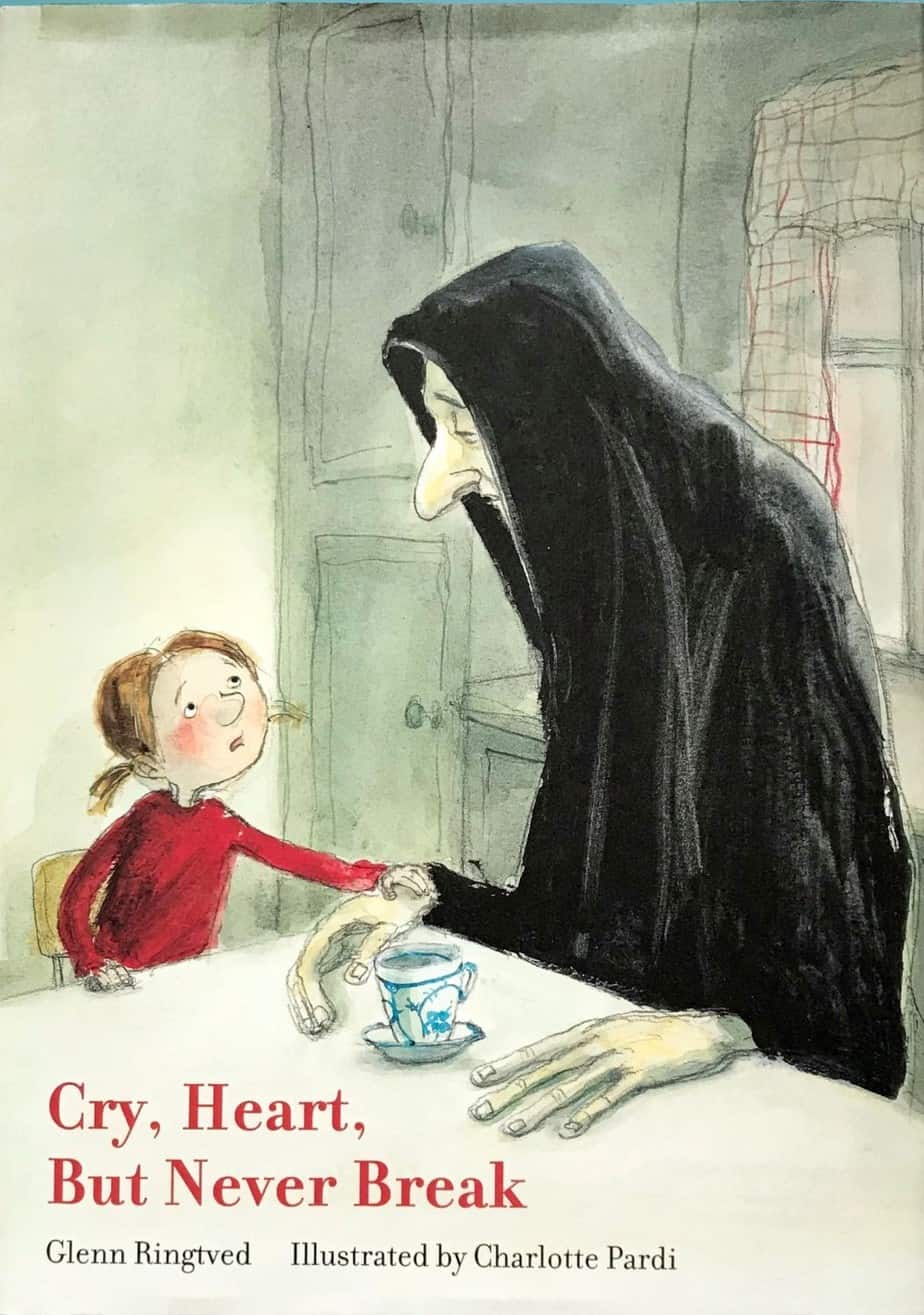
Cry Heart, But Never Break is a picture book to help children process their grief. The book was first published in Denmark in 2001, then translated into English by Robert Moulthrop five years later. The story is beautifully illustrated by Danish artist Charlotte Pardi. I recommend this book for children of all ages dealing with…
-
Old Mother Frost Fairy Tale Analysis
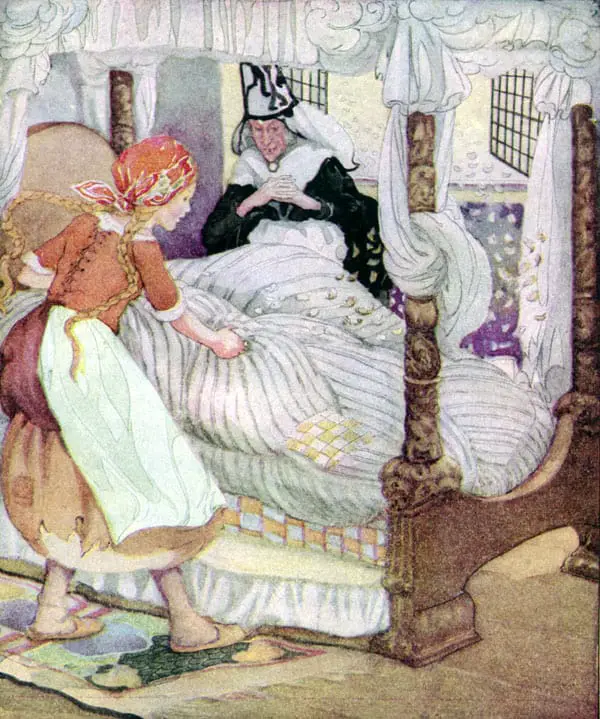
Old Mother Frost” is a German fairy tale also known as “Mother Holle”, “Mother Hulda” and “Frau Holle”.
-
Ideology In Children’s Literature: Against The Cult Of Busyness
In general, laziness in child heroes is a big no-no. But there is definitely a happy medium so far as children’s book creators are concerned. Once you become so busy that you neglect your loved ones, you’re working too hard. Many children’s books are about grandparents and grandchildren. In many stories, only the grandparent has time…
-
Death Symbolism in Art and Literature
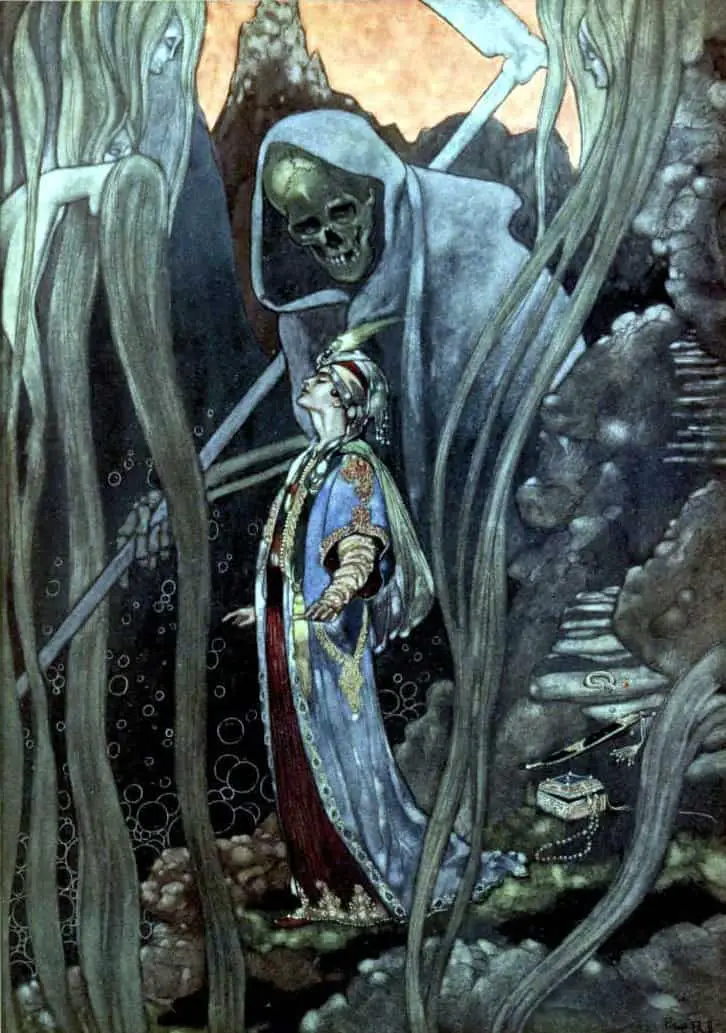
For Death must be somewhere in a society; if it is no longer (or less intensely) in religion, it must be elsewhere; perhaps in this image which produces Death while trying to preserve life. Contemporary with the withdrawal of rites, Photography may correspond to the intrusion, in our modern society, of an asymbolic Death, outside…
-
Edwardo The Horriblest Boy In The Whole Wide World by John Burningham and Fabulously Naughty Children
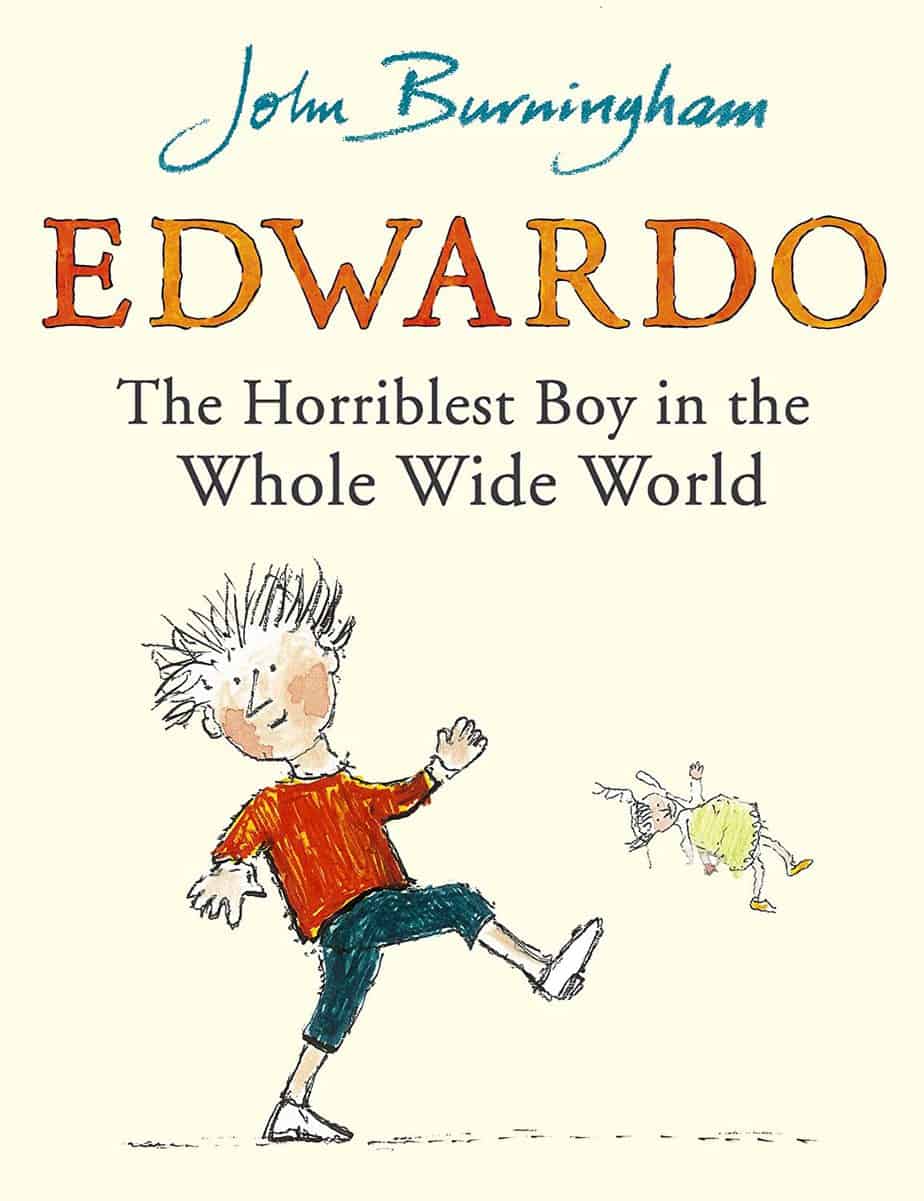
Edwardo, The Horriblest Boy In The Whole Wide World, written and illustrated by John Burningham (2006), is an excellent example of this modern ideology of ‘good’ vs ‘bad’ children, specifically how there is no such thing as good vs bad, but we’re all a little yin yang and can go either way depending on how…
-
Tomten Stories For Children
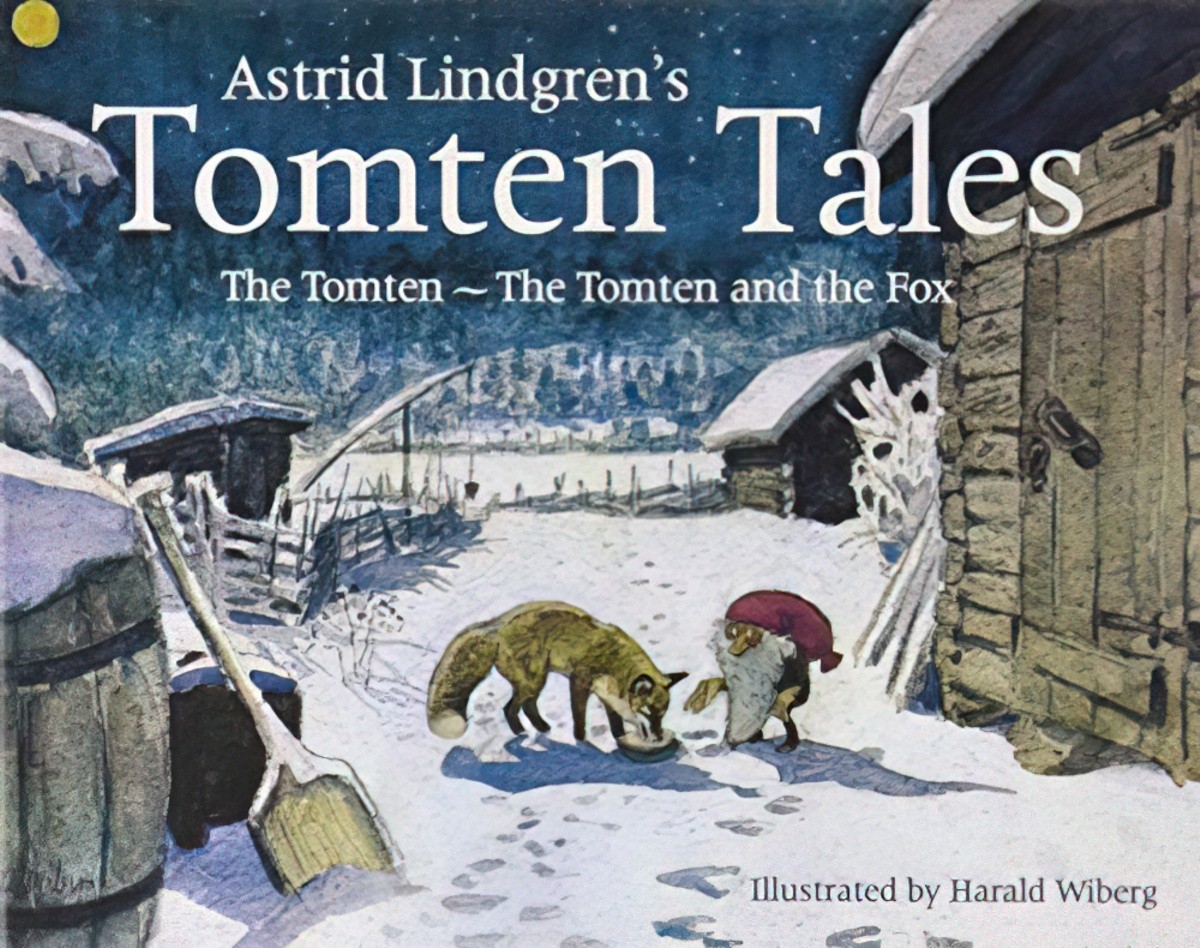
The Tomte is a Christmas creature from Nordic folklore. Tomte is Swedish, and the other Scandinavian countries have their own versions — in Norway known as Nisse.
-
Symbolism of Eyes and Foucault’s Panopticon
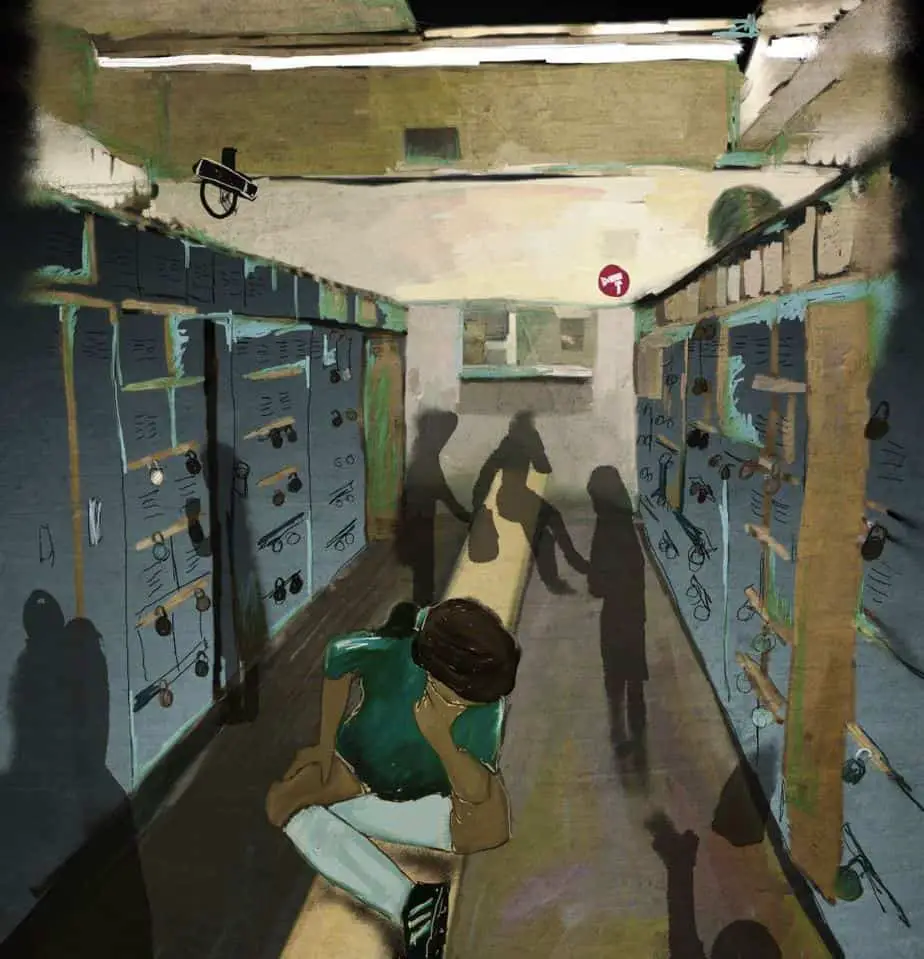
Most humans are drawn to the eyes and gaze. Eyes therefore feature large in art and storytelling, and sometimes symbolise surveillance. The gaze is extremely powerful. Artist Marina Abramovic knew this when she sat in an art gallery and stared at people for months. Harrison Fisher also understood when painting these girls, supposedly having fun,…
-
Mr Reginald Peacock’s Day by Katherine Mansfield Short Story Analysis
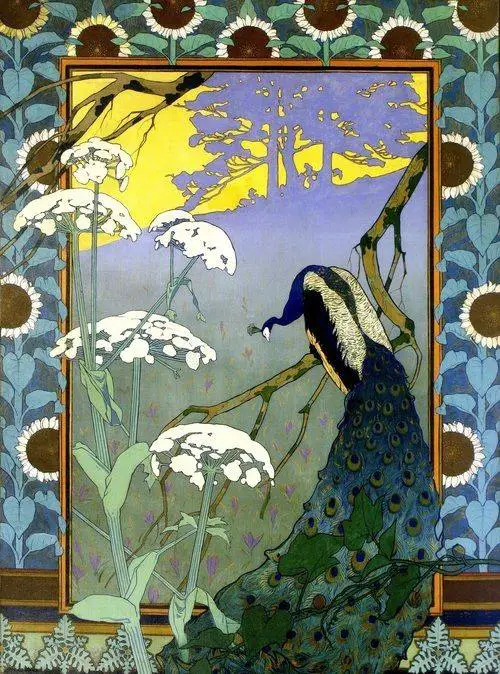
r Reginald Peacock’s Day” (1917) is a short story by Katherine Mansfield, functioning mainly as a character study.
-
Rich As Stink by Alice Munro Short Story Analysis
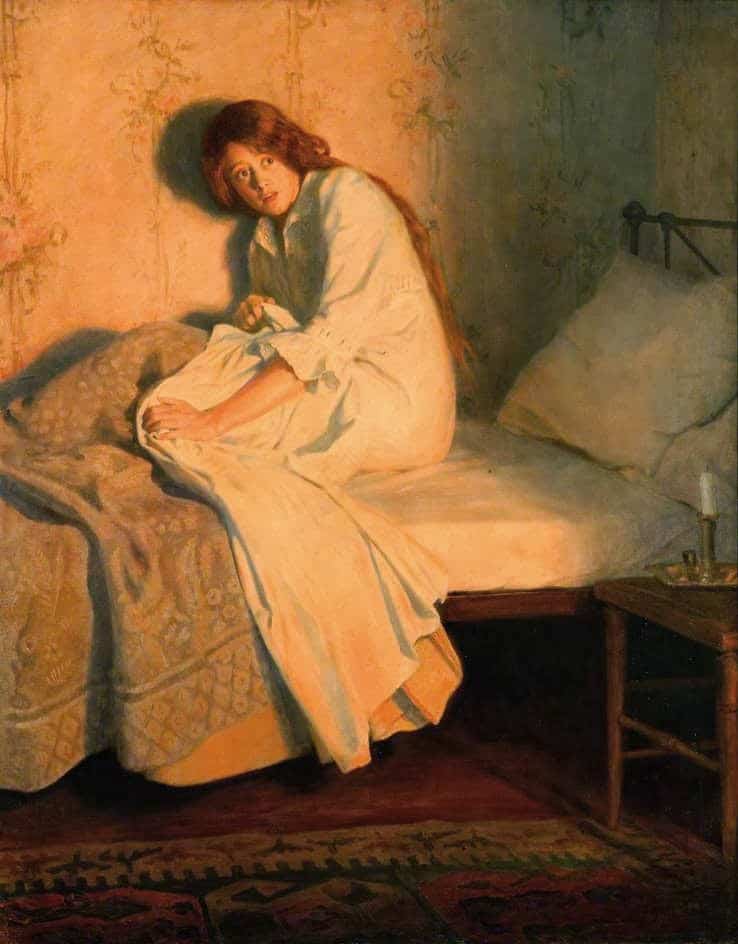
Rich as Stink is a short story by Canadian writer Alice Munro included in the 1998 collection The Love Of A Good Woman. Gaslighting, parentification, spousification, self-objectification, coercive control… People living in 1974 did not have ready access to the language of psychology and found it difficult to describe emotionally abusive relationships, let alone talk…
-
Symbolism of the Maze and Labyrinth
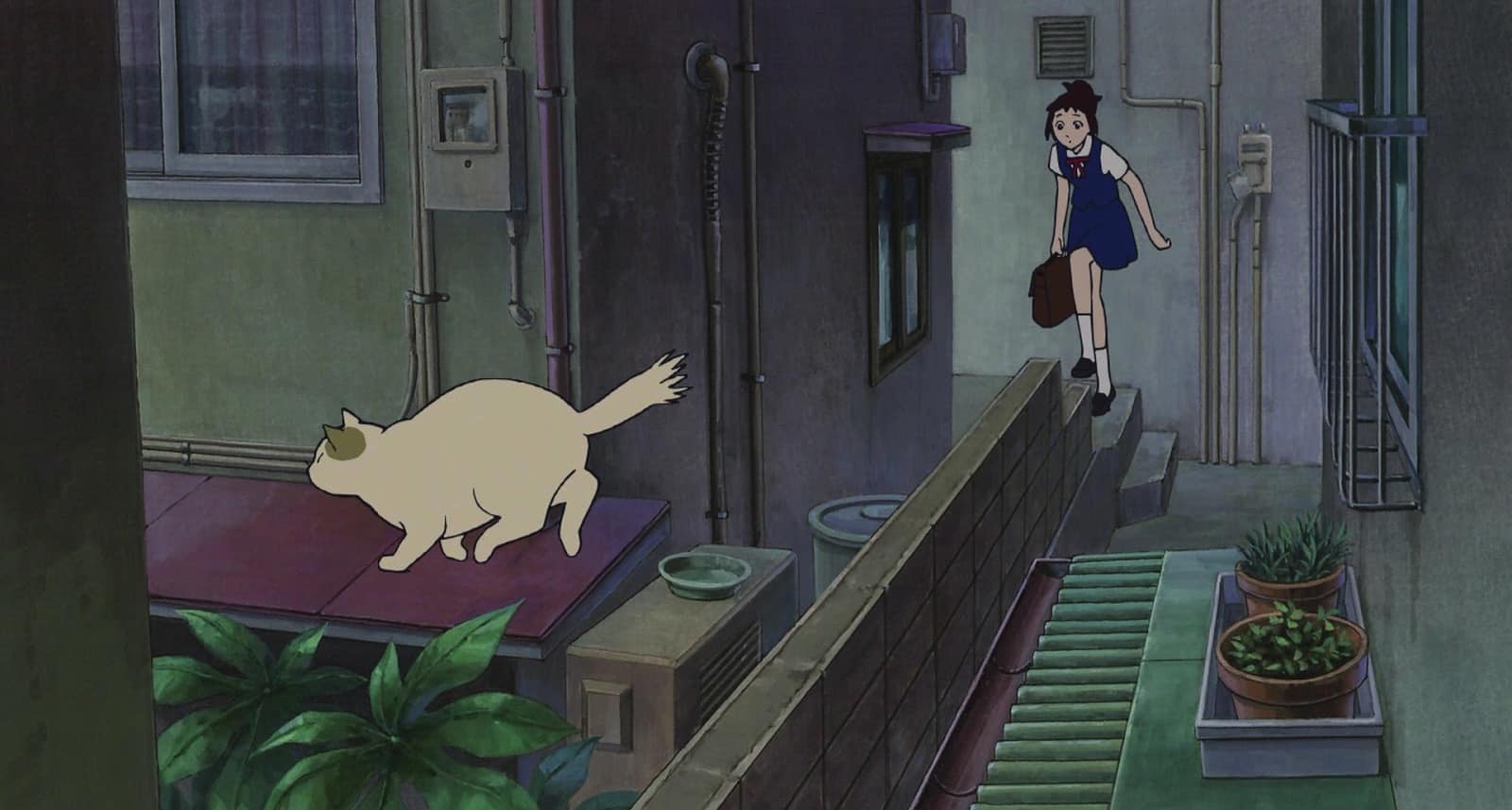
I hate being lost. I’m not the only one. Before the age of cities, suburbs and GPS, it really was dangerous to separate from your tribe. Professor Kenneth Hill has studied the psychological effects of getting lost, and was interviewed by Jim Mora on the RNZ Sunday morning radio show. Jim asks, why do people…